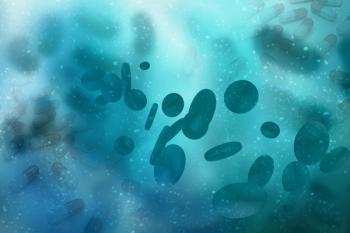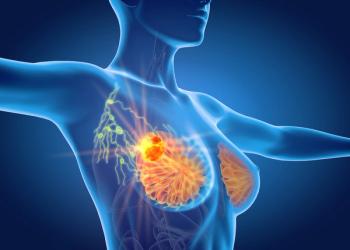
Vaginal Cuff Brachytherapy for Endometrial Cancer Yields Low Toxicity
Patients with endometrial cancer who were treated with 30 Gy of 6 fractions of vaginal cuff brachytherapy presented with lower toxicity.
Patients with stage I and II endometrial cancer who were given 30 Gy of vaginal cuff brachytherapy (VBT) in 6 fractions experienced low toxicity, according to a study published in Advances in Radiation Oncology.
No patient experienced grade 3 or higher acute or chronic toxicities, and grade 2 toxicities were reported to be rare. The most common grade 1 acute toxicities were fatigue (11%), urinary frequency (11%), chronic urinary frequency (13%), urinary incontinence (13%), and vaginal stenosis (21%). The most common grade 2 acute toxicities were urinary incontinence (3%) and vaginal dryness (2%).
The most common grade 1 chronic toxicities were urinary frequency (13%0, urinary incontinence (13%), and vaginal stenosis (21%). The most common grade 2 toxicities were vaginal dryness (4%), urinary incontinence (3%), and vaginal stenosis (3%).
The 5-year local recurrence rate was 5%, the regional recurrence rate was 5%, and distant metastases rate was 7%. The overall survival rate at 5-years was 91% and the disease-free survival rate was 83%.
A total of 247 patients were enrolled and treated between 1992 and 2018. The majority of patients had early-stage disease, with 52% being stage IA, 37% being stage IB, and 11% being stage II. Patients had their therapy delivered at a depth of 5 mm. The study had a median follow-up time of 5.8 years. Investigators reported that 80% of patients had received high-dose rate VBT alone, and 20% received adjuvant chemotherapy, as well. Adjuvant treatment included 6 cycles of carboplatin and paclitaxel.
Forty- eight of the 50 patients to receive chemotherapy, 10% had stage II disease, 72% had high-risk histology, 38% had lymphovascular space invasion, and 22% had grade 3 disease and deep myometrial invasion.
Seventy-nine patients with either stage II disease (10%) or high-risk disease (21%) were included in this study.
Local recurrence was observed in 11 patients with a time to recurrence of 1.4 years. Additionally, 9 patients had recurrence in the radiation treatment field and 2 had an out-of-field recurrence at the distal vagina. At the time of initial VBT treatments, the proximal 4 cm of the vagina had been targeted. A total of 7 patients had isolated local recurrence and were salvaged, 5 of whom are still alive and 2 died of other causes. In total, 3 patients died from progressive disease and 1 is alive without progressive disease.
Significant predictors of local recurrence included depth of myometrial invasion (HR, 0.06; P = .002), tumor stage (HR, 0.06; P = .003), and overall FIGO stage (HR, 0.05; P = .003). The 5-year local recurrence rate for patients who were high-/intermediate-risk was 8.4%, 2.4% for patients who were high-risk, and 4.4% for patients with stage II disease.
Reference
Arden JD, Dokter J, Almahariq MF, et al. Toxicity and efficacy after adjuvant vaginal brachytherapy using 30 Gy in 6 Fractions for stages I and II endometrial cancer. Adv Radiat Oncol. 2021;6(6):100773. doi:10.1016/j.adro.2021.100773
Newsletter
Stay up to date on recent advances in the multidisciplinary approach to cancer.

















































































